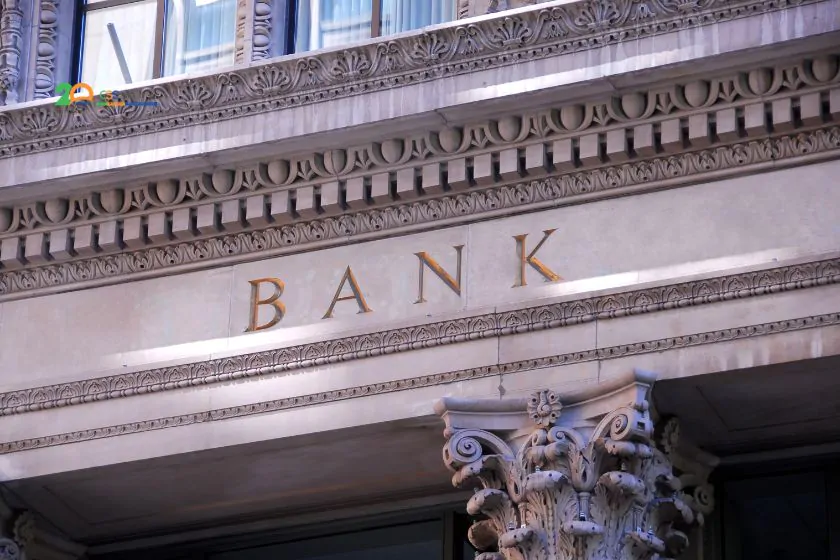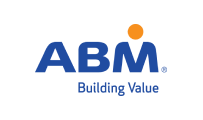Les États-Unis prennent une mesure audacieuse en faveur de la résilience climatique et de la croissance équitable. L'Agence pour la protection de l'environnement (EPA) a pris une décision historique en investissant dans des projets de développement durable. $27 milliards d'euros pour l'initiative de la Banque verte américaine dans le cadre de la Fonds de réduction des gaz à effet de serre. Cet investissement devrait permettre d'accélérer l'accès à l'énergie propre, de réduire les émissions et de stimuler la création d'emplois dans les communautés mal desservies.
Qu'est-ce que la banque verte américaine ?
Tout d'abord, la banque verte américaine est un outil de financement public-privé qui canalise les capitaux publics vers des projets de développement. projets d'énergie propre. Ces projets comprennent des installations solaires, des parcs éoliens, des logements économes en énergie et des systèmes de transport à faibles émissions.
Plus important encore, la banque va au-delà du simple financement. Elle se concentre sur développement intelligent sur le plan climatique tout en garantissant communautés à faibles revenus et défavorisées bénéficient directement des solutions d'énergie propre.
Un engagement historique de $27 milliards d'euros
Selon l'EPA, ce financement est réparti entre trois programmes de transformation :
-
$14 Billion - Fonds national d'investissement propre
Ce fonds permet aux prêteurs communautaires et à but non lucratif de financer des projets d'énergie propre à grande échelle. -
$6 Billion - Accélérateur d'investissement dans les collectivités propres
Ce segment soutient les institutions financières locales, axées sur une mission, qui servent les communautés marginalisées. -
$7 Billion - Le solaire pour tous
Plus précisément, ce programme vise à fournir de l'énergie solaire à des millions de ménages qui n'y avaient pas accès auparavant.
Collectivement, ces investissements font de la Banque verte des États-Unis la plus grande banque de l'Union européenne. la plus grande initiative dédiée au financement de la lutte contre le changement climatique de l'histoire américaine. Contrairement aux prêts traditionnels, ces fonds sont conçus pour débloquer des capitaux du secteur privé et promouvoir des rendements environnementaux et sociaux à long terme.
Qui en bénéficiera ?
Il est clair que les avantages de cette initiative sont considérables :
-
Ménages auront accès à des technologies solaires et d'efficacité énergétique abordables.
-
Petites entreprises peuvent obtenir un financement pour des améliorations écologiques.
-
Demandeurs d'emploi verront de nouvelles opportunités d'emploi dans le secteur des énergies propres.
-
Communautés bénéficieront d'une réduction des émissions et d'une amélioration de la santé publique.
L'administrateur de l'EPA, Michael S. Regan, a notamment souligné que le programme visait à "assurer la justice environnementale et économique". Cette approche garantit que les progrès accomplis dans la réalisation des objectifs climatiques permettent également d'améliorer la situation de ceux qui ont été historiquement laissés pour compte.
Pourquoi cela est important pour les professionnels du développement durable
Pour les professionnels du développement durable, de l'ESG ou de la finance verte, cette initiative change la donne. Non seulement elle finance le déploiement de technologies, mais elle ouvre également la voie à de nouvelles collaborations, en particulier avec des organisations à but non lucratif et des acteurs régionaux dont la mission est conforme à celle de l'entreprise.
En outre, ceux qui proposent des formations ou des services de conseil en matière de développement durable peuvent se positionner comme des partenaires stratégiques dans la mise en œuvre et la gestion de ces projets.
Quelle est la prochaine étape ?
À l'avenir, l'EPA collaborera avec les États et les collectivités locales, les prêteurs communautaires et les investisseurs privés afin de distribuer les fonds de manière efficace. Elle donnera également la priorité à la transparence et à la responsabilité en assurant le suivi des réductions d'émissions, de la création d'emplois et des économies d'énergie.
Pour les personnes intéressées par la conduite du changement, des ressources telles que la Programme des praticiens certifiés en développement durable (édition Leadership) peut fournir l'expertise nécessaire pour naviguer dans ce paysage en évolution et garantir que le financement du climat est utilisé au maximum de son potentiel.







